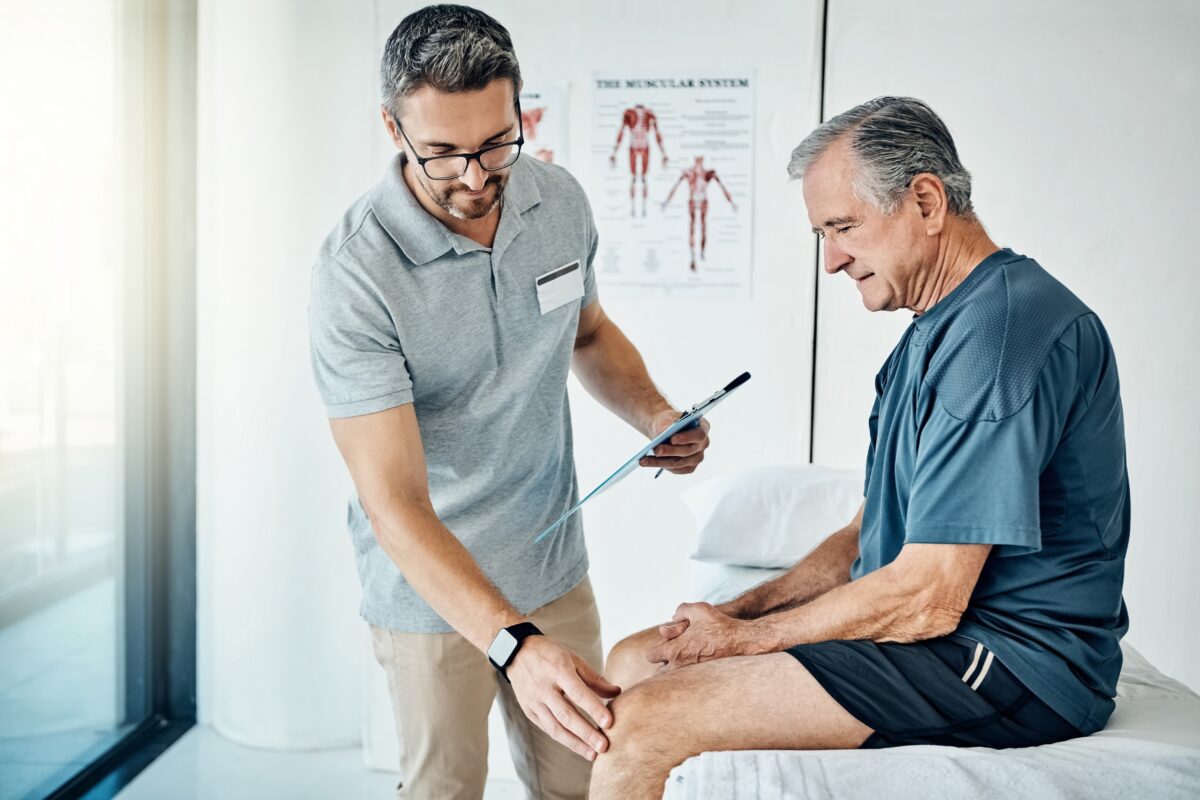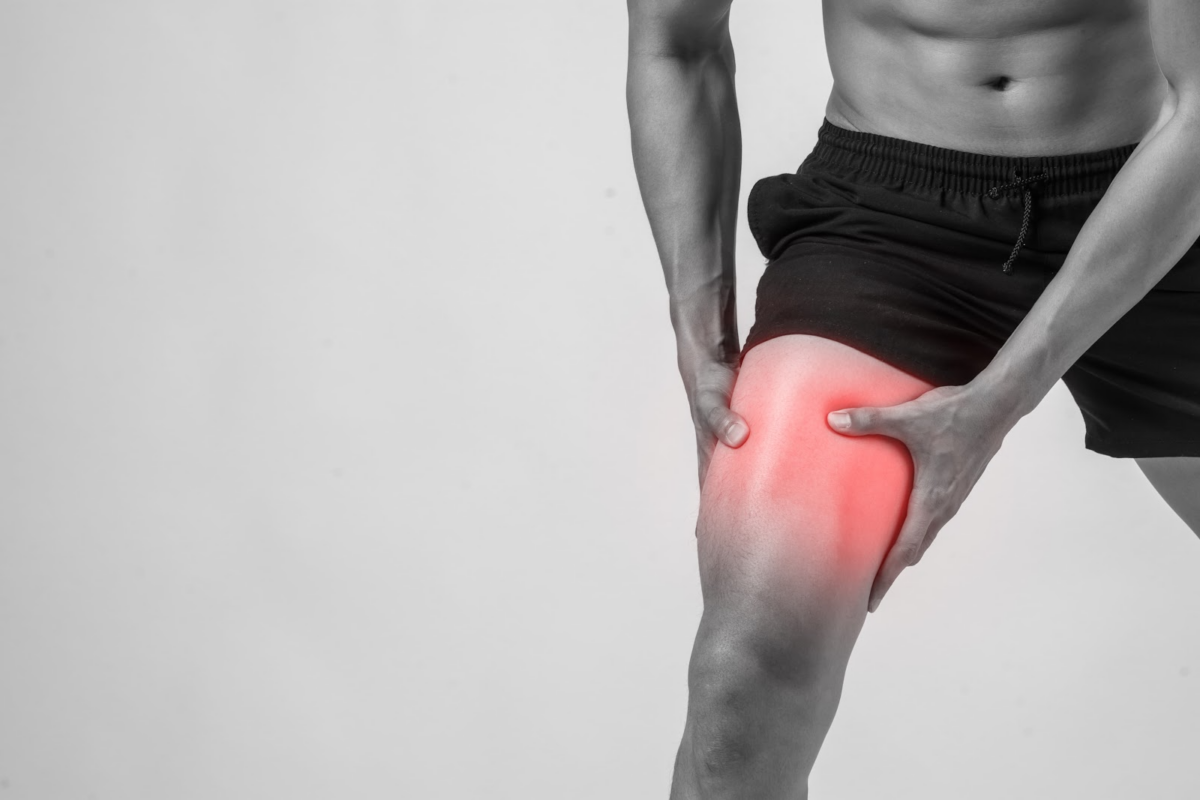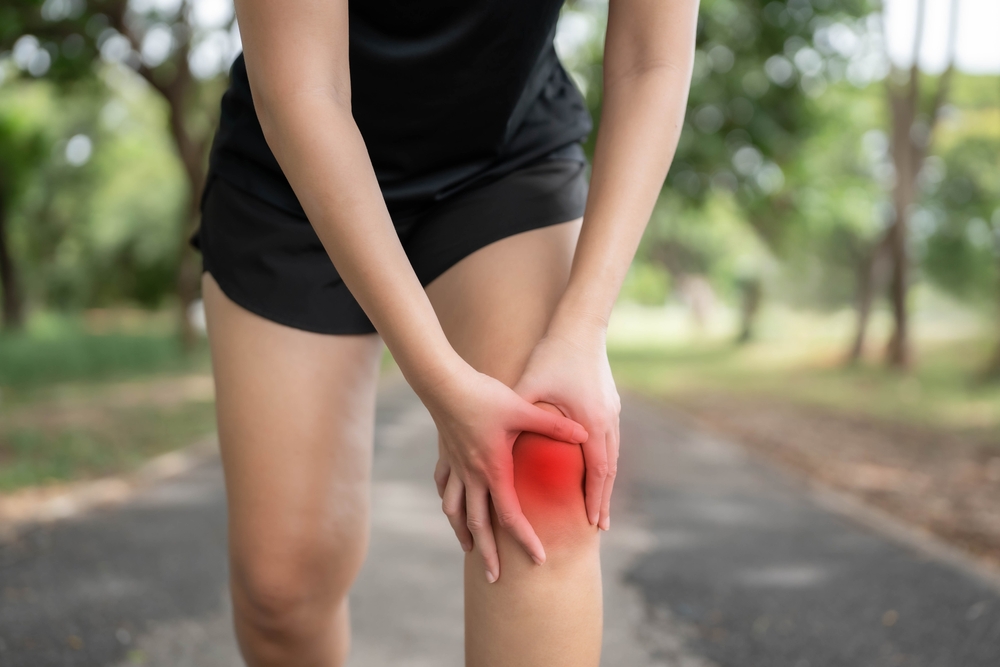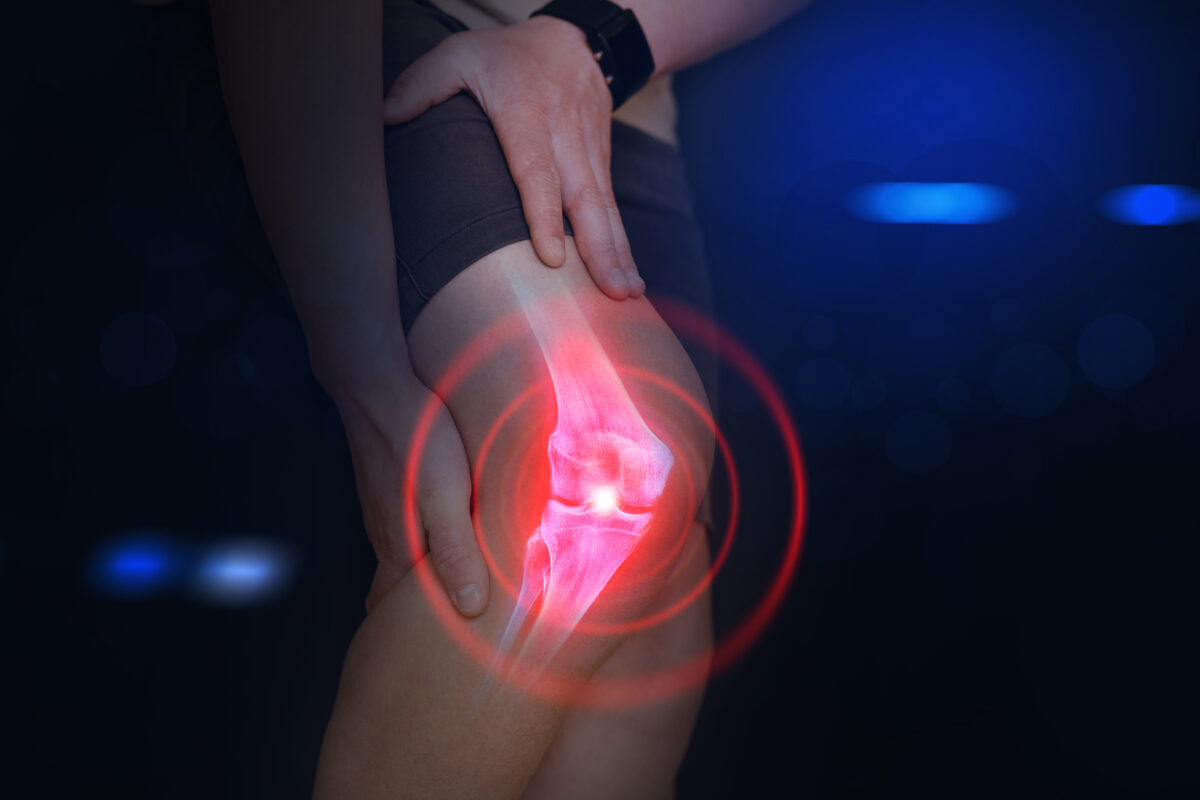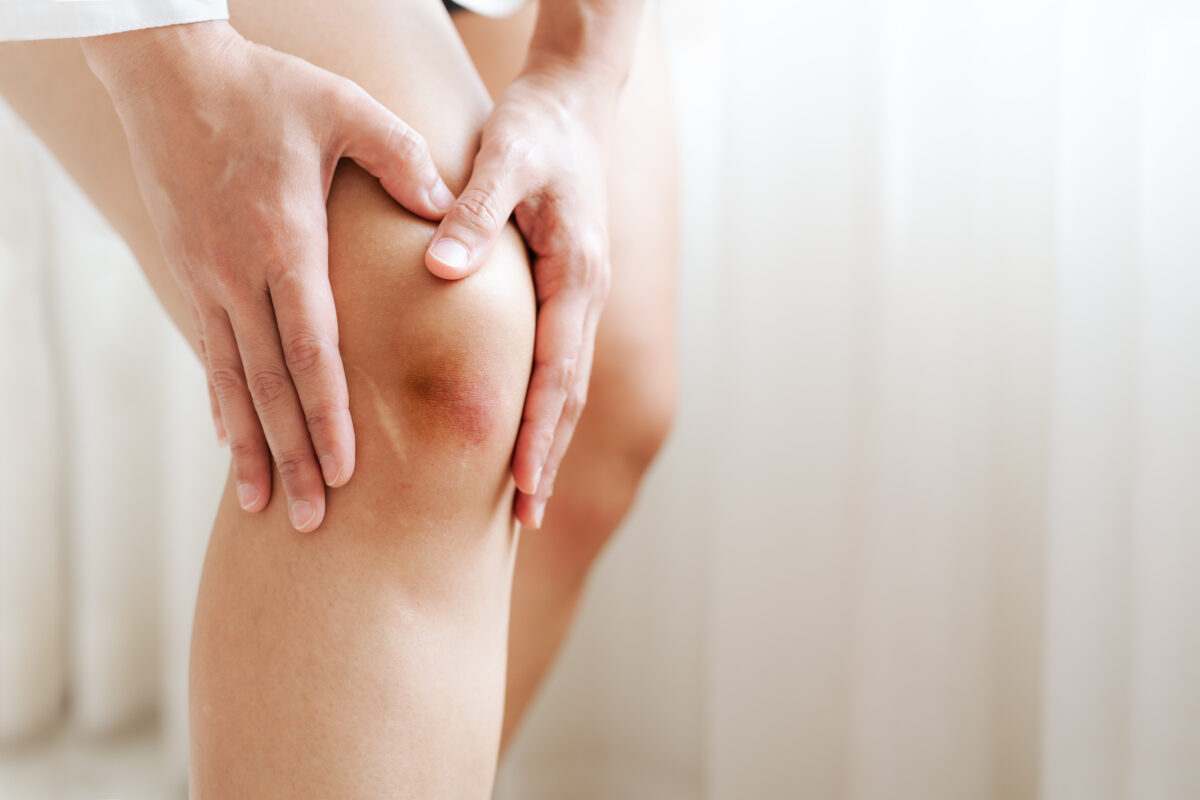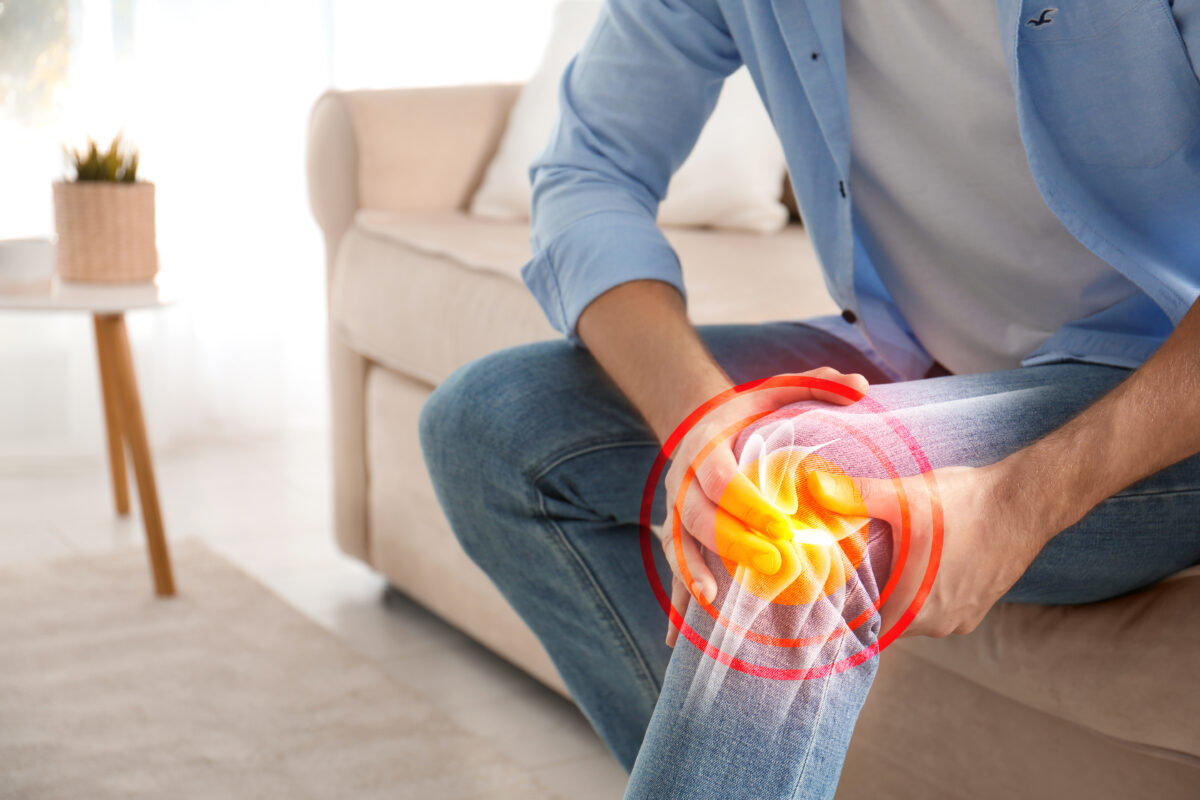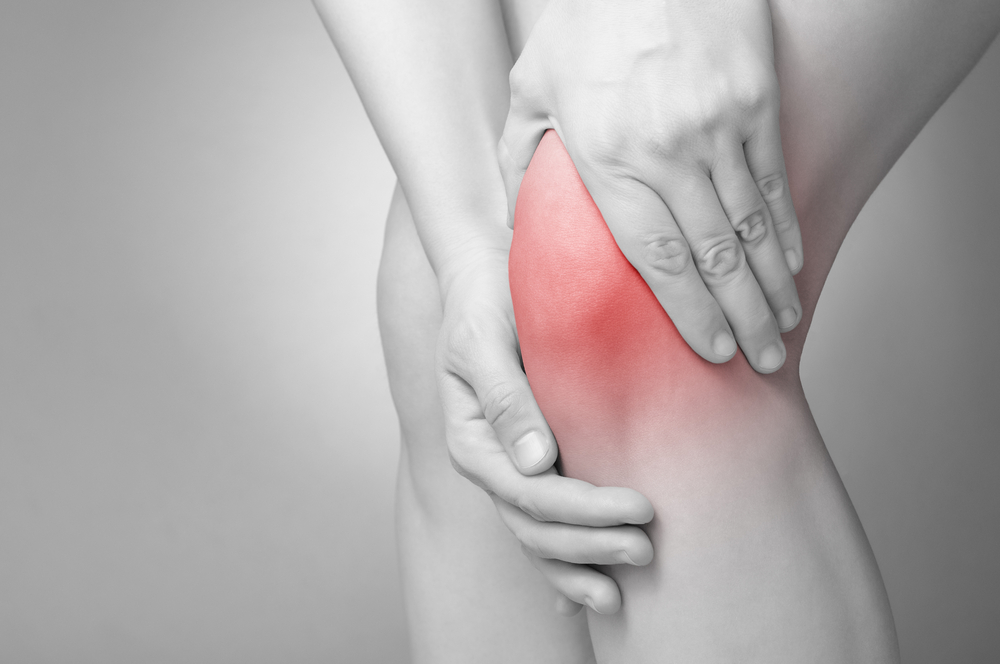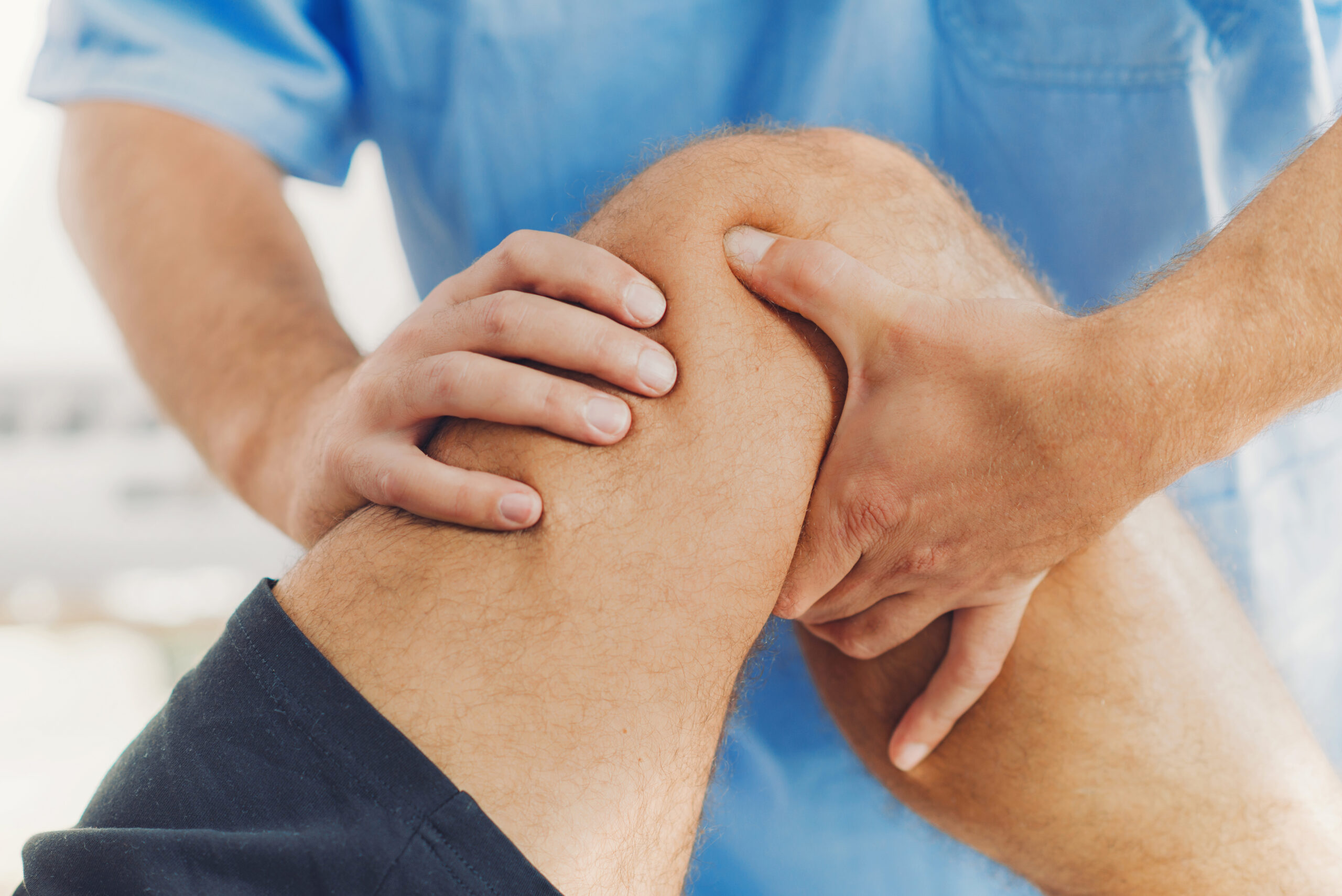Knee pain can sneak up slowly or hit all at once. Either way, it can disrupt your day, make simple tasks harder, and leave you unsure of what to do next.
You might be asking:
“Do I need to see a doctor?”
“Is there anything I can do at home before seeking treatment?”
These are common and valid questions.
Fortunately, many types of knee pain are treatable. Whether you’re dealing with soreness after a workout, stiffness from aging joints, or pain from a past injury, there are solutions that can help relieve discomfort and restore mobility.
In this guide, we’ll walk through everything you need to know about knee pain treatment, from identifying the cause to exploring your treatment options.
What Causes Knee Pain?
Knee pain can result from a sudden injury, ongoing strain, or a medical condition that affects how your knee functions.
Some causes are temporary and easy to manage at home. Others may require medical treatment or ongoing care.
Common Medical Conditions That Trigger Knee Pain
Certain health conditions directly affect the structure and function of the knee joint. These are among the most common reasons people seek help for joint pain:
- Osteoarthritis: This condition occurs when the cartilage that cushions your knee gradually wears down. It often develops over time and causes stiffness, swelling, and aching pain.
- Rheumatoid arthritis: An autoimmune condition where the body mistakenly attacks its own joints, leading to inflammation, swelling, and stiffness that can affect both knees.
- Bursitis: Inflammation of small sacs that reduce friction in the joint. It often causes sharp pain when kneeling or bending.
- Tendonitis: This is irritation or swelling in the tendons, usually from repeated motion. It may feel like soreness that gets worse with activity.
- Ligament injuries: Sprains or tears to support structures such as the anterior cruciate ligament can happen suddenly, especially during sports or physical impact.
- Meniscus tears: A torn meniscus is damage to the cartilage that helps absorb shock between your thighbone and shinbone. It’s often caused by twisting movements.
Each of these conditions affects your knee differently. Some lead to swelling and stiffness, while others make it hard to bend or put weight on the leg. A proper diagnosis is key to effective pain relief.
Lifestyle and Activity-Based Causes
Sometimes, knee pain does not begin with a medical condition. It can result from how you move, what you do each day, or even what you wear on your feet.
- Overuse or repetitive motion: High-impact activities like running or jumping can stress the joint over time. This may lead to irritation of the soft tissues around the knee.
- Lack of movement: Inactivity can cause muscles to weaken, making it harder for your knees to stay supported. This lack of support can worsen pain during basic tasks.
- Poor posture or body mechanics: Misalignments in how you walk or stand can place extra stress on your knees without you realizing it.
- Excess weight: Carrying more body weight increases the load on your knees, especially during walking or climbing stairs.
- Unsupportive footwear: Worn-out shoes or flat soles can shift your balance, leading to extra strain on your knees and hips.
Knee pain often develops from a mix of physical strain and underlying conditions. If you feel pain that doesn’t improve with rest or begins to affect your everyday life, it may be time to explore diagnosis and treatment.
How Is Knee Pain Diagnosed?
When you understand the cause of your knee pain, you can take the right steps toward relief. A proper diagnosis helps you choose the best treatment and avoid unnecessary delays or complications.
If your knee pain lingers, worsens, or interferes with your daily routine, reach out to a healthcare provider. They can assess the issue and guide you toward the care you need.
What to Expect During a Physical Exam
Your provider will start by asking about your symptoms and medical history. They will want to know when the pain started, how it affects your activities, and whether you have had past knee injuries.
Next, they will perform a physical exam. During the exam, they will check your range of motion, muscle strength, and the way your joint responds to pressure or movement. This helps them locate the source of the pain.
They may also examine your knee alignment. Misalignment can increase pressure on certain areas and explain why your knee feels unstable or sore.
Imaging and Testing Tools for Painful Knees
If the physical exam does not provide enough information, your provider may order imaging tests. These tools reveal details about your bones, cartilage, and surrounding soft tissues.
- X-rays show bone changes, joint space narrowing, and signs of arthritis pain.
- MRI scans provide detailed images of ligaments, cartilage, and tendons.
- Ultrasound helps assess real-time movement and swelling.
- CT scans offer a deeper look when injuries are more complex.
In some cases, your provider may test joint fluid. They remove a small sample using a needle to check for infection, gout, or other causes of inflammation. This test is safe and routine.
If you have chronic knee pain, these diagnostic tools help rule out conditions like patellofemoral pain or identify fluid buildup inside the joint. Your provider may also ask about your physical activity and how your pain affects your lower leg.
Once they identify the source of the problem, they will recommend a personalized treatment plan.
Home and Conservative Knee Pain Treatments
Not all knee pain needs medical procedures or surgery. In many cases, simple actions at home can bring relief and support healing. These conservative treatments can reduce inflammation, improve movement, and help you feel more in control.
If your symptoms are mild or related to a minor injury, starting with home care can make a meaningful difference.
At-Home Strategies to Relieve Knee Pain
When pain begins, rest your knee and avoid activities that increase discomfort. Keeping your knee elevated with a pillow can reduce swelling, especially after movement or strain.
Try the following at home:
- Apply ice: Use an ice pack wrapped in a towel for 15 to 20 minutes at a time to numb the area and reduce swelling.
- Use a compression wrap: A compression bandage can limit fluid buildup and offer joint support.
- Choose the right over-the-counter help: Anti-inflammatory pain relievers such as naproxen sodium may provide temporary pain relief.
These steps can help manage swelling and discomfort, especially after activity or a long day on your feet. If your pain worsens or lasts more than a few days, you may need additional support.
Movement-Based Treatments You Can Start Now
Staying still for too long can slow recovery. Once the pain starts to ease, gentle movement helps restore strength and flexibility. You don’t need a full workout, just small and safe steps.
Start with:
- Stretching exercises: A slow quadriceps stretch or hamstring stretch can ease tightness without stressing the joint.
- Light strengthening: Focus on exercises that strengthen the muscles around the knee. This supports the joint and helps prevent future pain.
- Low-impact activity: Walking, cycling, or swimming keeps blood flow steady and protects your range of motion.
If you’re unsure where to begin, a physical therapist can guide you through safe routines. Many providers recommend physical therapy early to promote healing and reduce the risk of long-term damage.
Lifestyle Changes That Support Knee Health
How you move, eat, and rest all affect your knees. Small changes can create long-lasting improvement.
Consider these adjustments:
- Losing weight, if needed, can reduce stress on the knee joint during everyday movements.
- Choose shoes that offer arch support and cushioning to protect your alignment.
- Add anti-inflammatory foods and dietary supplements that may help reduce pain and inflammation, such as turmeric or omega-3 fatty acids.
For ongoing support, a knee brace may provide extra stability during movement or exercise. Braces help limit strain and reduce the risk of overloading an affected knee.
These conservative approaches give you the chance to heal while staying active.
Medical and Specialist-Based Treatment Options
When home remedies no longer help or the pain keeps coming back, it may be time to explore medical treatment. A specialist can evaluate your condition and recommend therapies based on your symptoms, activity level, and overall health.
These treatments focus on reducing inflammation, restoring function, and preventing future joint damage. They are especially helpful for those who regularly experience knee pain or haven’t seen results with conservative care.
Medications and Injections for Pain Relief
For many people, medications offer quick and effective relief when over-the-counter options are not enough. Your provider may suggest:
- Stronger pain relievers or anti-inflammatory drugs for short-term use
- Hyaluronic acid injections, which add lubrication to the knee joint and improve movement
- Corticosteroid injections to reduce swelling and inflammation
These options can help ease knee pain in the short term while you focus on recovery.
In more complex cases, your doctor may recommend joint surgery if other options fail to help. Surgery is often a last resort, but it may offer lasting relief when pain limits your ability to move or enjoy your everyday life.
Minimally Invasive and Regenerative Therapies
Some providers now offer advanced treatments that focus on healing the joint rather than just managing symptoms. These options are less invasive than traditional surgery and may help with long-term recovery.
Examples include:
- Platelet-rich plasma (PRP) therapy, which uses your body’s own platelets to support tissue healing
- Stem cell injections, which aim to repair damaged tissue over time
- Acupuncture, which often involves inserting fine needles at specific points to relieve tension and promote circulation
These treatments vary in effectiveness depending on your condition. Be sure to talk with your provider about benefits, risks, and what to expect.
Surgical Options for Severe or Persistent Knee Pain
If your knee is severely damaged or conservative treatments have not worked, surgery may be the most effective path forward. Common procedures include:
- Arthroscopy, a minimally invasive surgery that removes or repairs damaged tissue
- Partial or total knee replacement, where damaged parts of the knee are replaced with artificial components
Doctors usually reserve surgery for patients who have severe pain, limited movement, or painful knees that interfere with daily tasks. Recovery can take time, but many patients report improved strength and mobility once healed.
How to Prevent Knee Pain from Coming Back
Once your knee starts feeling better, the next goal is keeping it that way. You don’t need a complicated routine to protect your knees. Just focus on a few things that support strength, mobility, and recovery.
Try this:
- Stay physically active to help your knees stay flexible and healthy. Low-impact activities like walking, swimming, or biking are great options.
- Strengthen the muscles around your knees. Your hips, thighs, and calves all support how your knees move.
- Stretch often. Stretching prevents stiffness and helps you improve leg mobility.
- Apply ice after workouts or long days on your feet. A cold compress can calm down swelling before it gets worse.
These small steps make a big difference, especially if you’ve dealt with a chronic condition like arthritis. They can help you avoid another arthritis flare and keep you feeling in control of your movement.
Use Support When You Need It
The right gear and setup can make movement safer and more comfortable.
Think about:
- Wearing shoes with good support and cushioning
- Using soft mats or padded surfaces when you exercise
- Wearing a light brace during sports or long walks if your knees feel wobbly
- Using topical analgesics to ease soreness after activity
If your pain started because of poor knee alignment, these tools can help reduce pressure on the joint. They also support better balance and posture during movement.
Ready to Feel Better and Move Freely Again?
You don’t have to live with knee pain. Whether your discomfort comes from an injured knee, arthritis pain, or long-term wear and tear, the right treatment can help you move with ease again.
Wellness and Pain takes a full-body approach to knee pain. We use advanced diagnostics to find the real cause and build a plan that fits your needs.
Treatments may include joint injections to reduce swelling, chiropractic care to improve alignment, or massage therapy and acupuncture to relieve knee pain caused by tension or poor movement patterns. Every treatment plan relieves pain, restores movement, and prevents future flare-ups.
Whether you need joint pain relief, support for an arthritis flare, or recovery after total knee replacement, Wellness and Pain helps you get back to living fully.
Request an appointment to get started with Wellness and Pain!
FAQs About Knee Pain Treatment
How to relieve knee pain at home?
Start with rest, ice, and elevation. Use an ice pack for 15 to 20 minutes and keep your knee elevated with a pillow. You can also try over-the-counter options like ibuprofen or acetaminophen for pain. Light stretching and gentle movement help improve flexibility as the pain eases.
What is the best treatment for knee pain?
The best way to treat knee pain depends on what is causing it. For some, rest and physical therapy are enough. For others, joint injections or even knee surgery may be needed. The key is finding the root cause and building a plan around it.
What is the #1 mistake that makes bad knees worse?
Pushing through pain or ignoring it is a big mistake. Doing too much too soon can make injuries worse and increase inflammation. Avoid skipping recovery days or continuing high-impact activities when your knee feels off. That can turn a manageable issue into chronic knee pain.
What not to do during knee pain?
Avoid anything that adds pressure to your knees. High-impact exercise, deep squats, and twisting motions can all worsen pain. Also, skip heat therapy if your knee is swollen. Stick with cold treatments instead. If you’re unsure, talk to a physical medicine provider or therapist to guide you safely.


